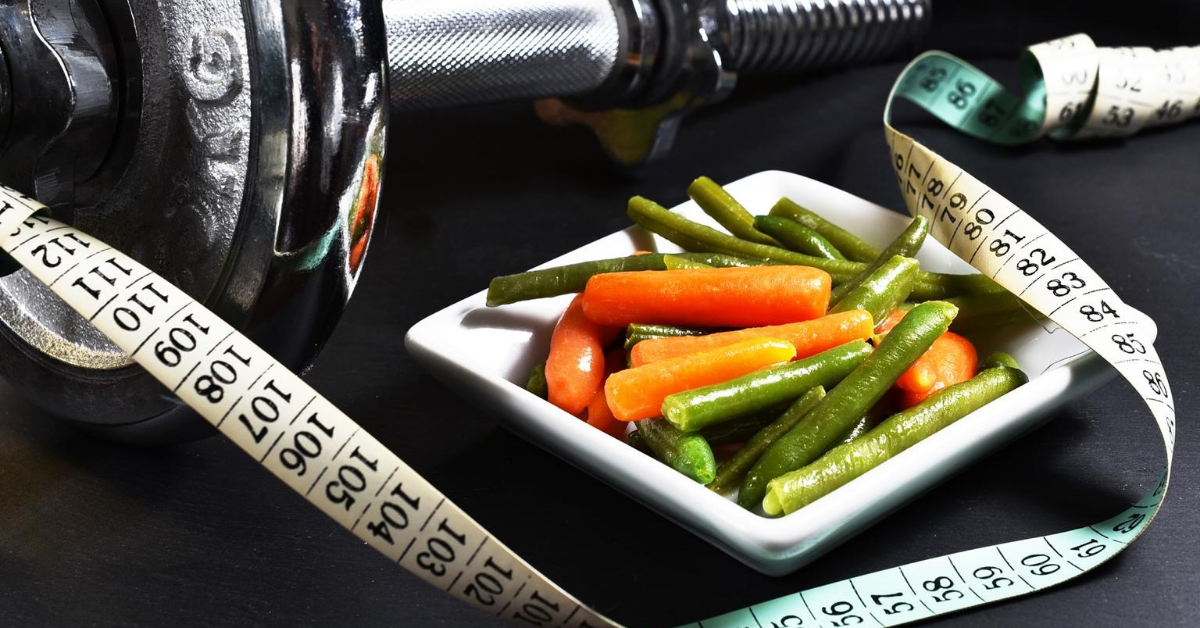Before you read any further just take one minutes to think about all the words we have to describe emotions. If you are like most people, you will have found it much easier to think of negative emotions than to think of positive ones. When I was a student sociologist many years ago, I was taught that you could tell something about what was important to a culture by its language – the more words it had to describe something the more important that thing was to the culture. So, for example, Eskimos have a lot of different words for different types of snow, because traditionally snow was crucial to their existence.
So, does this mean that our cultures place more value on negative emotions than on positive emotions? In many ways I think they do.
An analysis led by a scientist at the University of Pittsburgh School of Medicine and published in Nature Communications found that:
“A larger negative emotion vocabulary — or different ways to describe similar feelings — correlates with more psychological distress and poorer physical health, while a larger positive emotion vocabulary correlates with better well-being and physical health.”
Dr Vera Vine, the author of the study, goes on to say:
“There’s a lot of excitement right now about expanding people’s emotional vocabularies and teaching how to precisely articulate negative feelings. While we often hear the phrase, ‘name it to tame it’ when referring to negative emotions, I hope this paper can inspire clinical researchers who are developing emotion-labeling interventions for clinical practice, to study the potential pitfalls of encouraging over-labeling of negative emotions, and the potential utility of teaching positive words.”
“The ability to construct finer-grained emotions, called higher emotional granularity, is linked to better mental and physical health, and faster recovery from physical illness. The more tools you have in your emotion toolbox, the more precisely your brain can plan your actions and shape everything you experience.”
So let’s strike back and concentrate on positive emotions that make us feel good.
A list of positive emotions
To get you started here’s some ideas – not totally comprehensive, but just see how many of these positive life-affirming emotions and feelings you can experience today:
- Adored
- Affable
- Affectionate
- Agreeable
- Amiable
- Appreciated
- At ease
- Blessed
- Blissful
- Blithe
- Calm
- Carefree
- Cheerful
- Comfortable
- Compassionate
- Connected
- Contented
- Delighted
- Ecstatic
- Elated
- Enchanted
- Encouraged
- Enthusiastic
- Excited
- Exhilarated
- Floating on air
- Friendly
- Full of life
- Gentle
- Glad
- Glowing
- Good-natured
- Gratified
- Happy-go-lucky
- Hopeful
- Inspired
- Jolly
- Joyful
- Joyous
- Jubilant
- Kind
- Light-hearted
- Lively
- Loved
- Lovable
- Loving
- Merry
- On cloud nine
- Optimistic
- Overjoyed
- Over the moon
- Peaceful
- Playful
- Pleased
- Positive
- Radiant
- Rapt
- Respected
- Satisfied
- Serene
- Sociable
- Sparkling
- Sunny
- Sure
- Sweet
- Sweet-tempered
- Tender
- Thrilled
- Unconcerned
- Untroubled
- Vibrant
- Vital
- Vivacious
- Worthy
See? There are lots of them. Why not give “vivacious” a whirl? How about being “thrilled” for 10 minutes? What about being serene now and then?


